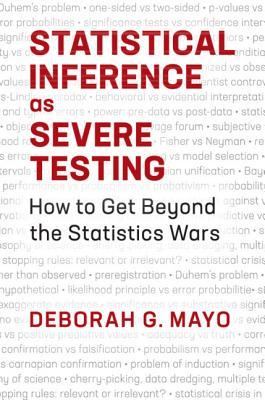What do you think?
Rate this book


486 pages, Hardcover
Published September 20, 2018
Of course, this "best-we-can-do" justification is not as satisfying as a "two-sided" decision procedure would be, but that kind of performance is impossible and the grown-up attitude is to obtain the best possible performance as efficiently as possible rather than to opine the impossible.